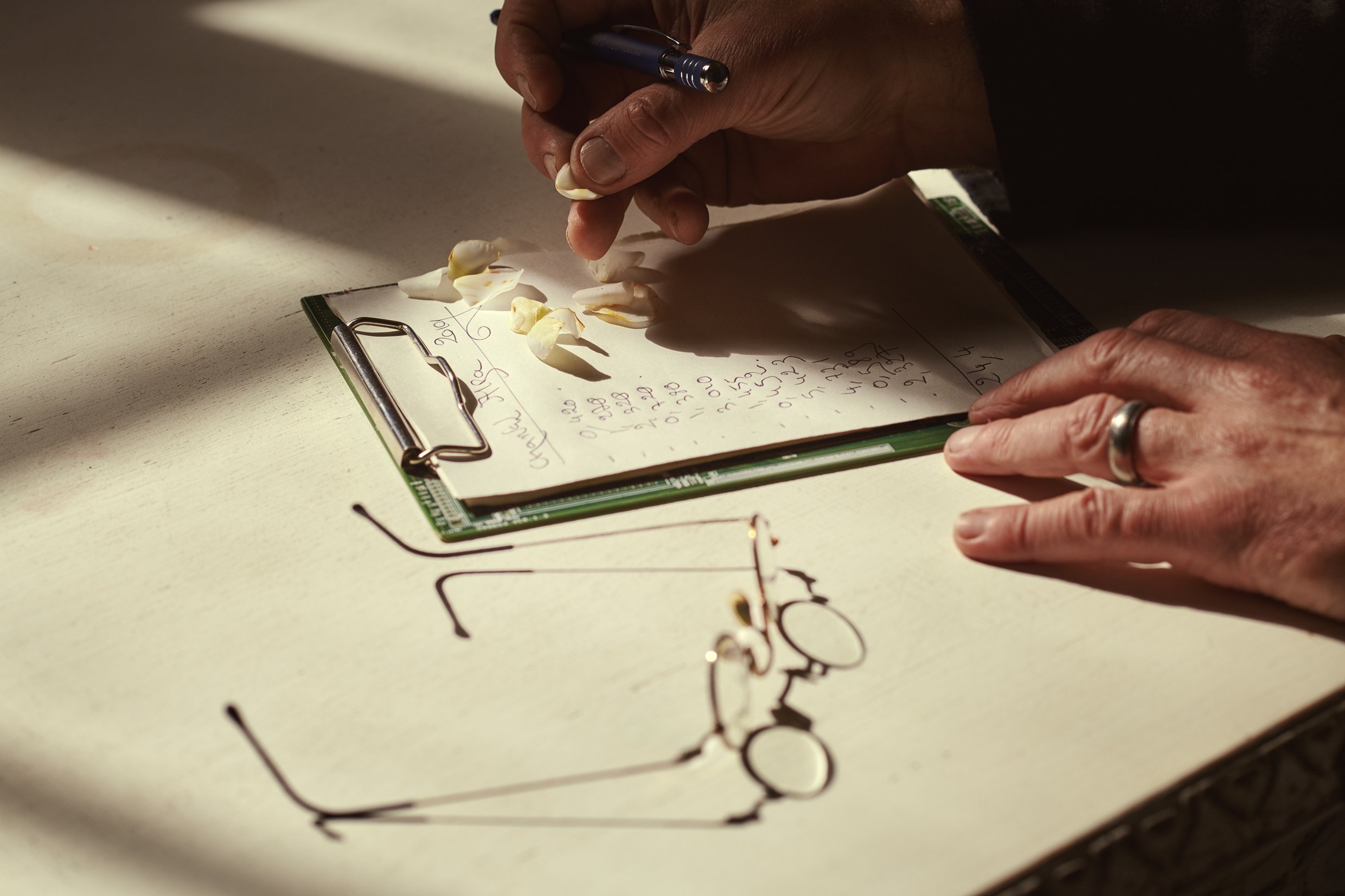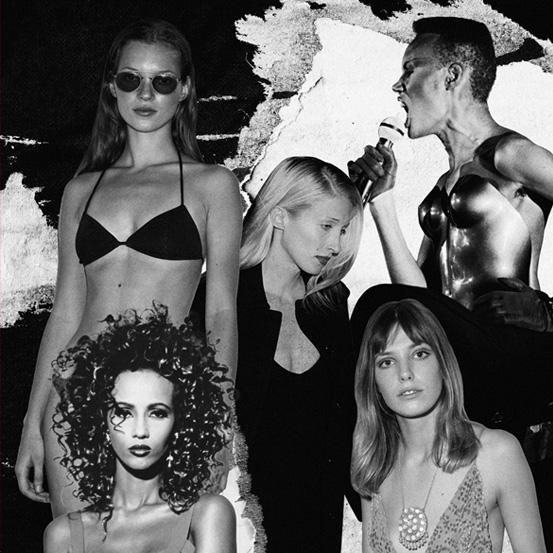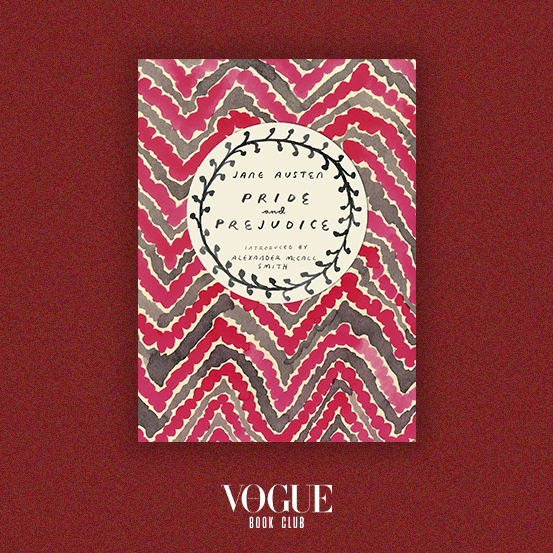Some say that beauty is not only seen, but also cultivated. At least that’s the Chanel manifesto, who is bearing the roots of its skincare and the natural ingredients that blossom from them for everyone to see.
Some say that beauty is not only seen, but also cultivated. At least that’s the Chanel manifesto, who is bearing the roots of its skincare and the natural ingredients that blossom from them for everyone to see.

Cultivating Beauty, Camelia ©CHANEL
Cultivating Beauty, Camelia ©CHANEL
“Since the beginning of human history, plants have nourished, treated, beautified, soothed and adorned the bodies of men and women. This fundamental connection with the plant world is essential, but it is progressively disappearing in people’s minds today.” These words from botanist Marc Jeanson seem to resonate with what Chanel has been trying to achieve with its skincare line: recover, cultivate and flourish the connection between humanity and nature. Resilient, therapeutic and genius organs, the most rare and diverse plants (as well as their power and benefits) have been explored, since very early and in a responsible way, by the French House. The result? A true know-how of what nature has to offer, hand in hand with a supply chain that is exclusive and 100% in-house – supply chains that are characterized as open-sky labs, centers dedicated to botanical research, cultivation and experimentation, and true cradles for Chanel’s skincare products. It’s precisely in these open-sky labs, today revealed by Chanel, that the plants that give life to lines like Sublimage and Hydra Beauty are cultivated, preserving the idea that the beauty we reap today is the beauty we sow tomorrow. But making the decision to extract from nature is much more than a number (90% of the skincare ingredients are natural) for the House – it’s a legacy of values that were born with Gabrielle Chanel. From the creation of the iconic Nº5 in 1921 to the first skincare products in 1927, Gabrielle was always keen on the quality of raw materials, inspiring the House to preserve the same commitments of its founder and apply the same principles of meticulousness and authenticity of creating a fragrance to the process of developing a skincare product.
From scent to touch, the journey begings with Vanilla. In 2000, Chanel Research discovered the potential of Vanilla planifolia, rich in anti-aging molecules. After two years, the first open-sky lab was founded in Madagascar, where this Vanilla species present in the Sublimage line has been growing ever since. Through the years, the House had been exploring the planet in search of equally promising plants, establishing other open-sky labs along the way: two in France – one in the Southwest and the other on the Southern Alps – and another one in Costa Rica. Between heritage and innovation, these centers help bring together traditional agricultures and local producers, as well as botanical researchers, confirming the House’s environmental and social responsibilities and its commitments with nature. “For over 10 years, Chanel has been committed to the producer partners behind its plant supply chains,” explains Agathe Derain, Sustainable Sourcing Director of Chanel. “In this sense, the commitments defined today represent an already existing vision, demonstrated by our territorial and environmental impact programs. However, it isn’t always easy to apply these principles in the field.” And that’s why these principles – from the co-construction of fair-trade supply chains with the producers to the preservation of biodiversity – have been reinterpreted by Chanel as a form of criteria and recommendations of best practices. “These are not specifications, but rather a base for discussion with our producer partners. They allow us to identify their needs in order to ensure sustainable crops, rooted in their territory,” says the Sustainable Sourcing Director. The challenge was to make this a collaborative and pertinent approach, regardless of the region, while respecting the specific local characteristics of very different environmental and cultural ecosystems. Before sharing this tool, we tested it and applied it to our own cultivation projects: the open-sky laboratories are simply the incarnation and field application of this approach.”
From the qualities of green coffee growing in Costa Rica to the hydrating properties of the camelia, Mademoiselle’s favorite flower and the chosen star of the Hydra Beauty line, the open-sky labs confirm not only the power of nature, but also of cooperation. “We met the Chanel Research team in 2010. This meeting led to the creation of the ‘PACA plant program,’ a research program dedicated to showcasing Southern Alpine plants,” explains Jean-Paul Gherardi, President of the Biophyto association. “A list of 500 wild plants, drawn up by Chanel, was then reduced to a first selection of 60 plant species from the Alpes-Maritimes region. At the research team’s request, we supplied samples of these species. Their extracts made it possible to identify molecules of interest via phytochemical analysis, resulting in the final selection of solidago and anthyllis.” Despite of the challenges, the protection of both plants and the realization of their potential lead to the creation of two ingredients, the extract of Anthyllis and the extract of solidago, now present in the Sublimage lines. “The relationship between humans and nature, the link with the land, the return to origins and a local focus... These are very aspirational challenges today,” says Agathe Derain. “Today, with over 10 years of experience at the source of our supply chains, we have the necessary hindsight to share our sustainable plant sourcing approach with the public at large.” An expertise that, from the 23rd to the 27th of September, will be showcased with the exhibition La Beauté Se Cultive (Cultivating Beauty), at the Jardin des Plantes in Paris, a venue belonging to the Muséum national d’Histoire naturelle. With this immersive experience, Chanel will offer an exclusive look into its open-sky laboratories and the plants that are cultivated there, as well as its commitments and vision – a vision that favors a conscient beauty, a diverse beauty, a beauty that grows from nature.
*Originally published on Vogue Portugal's The Madness Issue.
Most popular
.jpg)
Para Daisy Edgar-Jones, o fascínio pela beleza começou com o blush da sua mãe
08 Jan 2026


Relacionados

.jpg)
Para Daisy Edgar-Jones, o fascínio pela beleza começou com o blush da sua mãe
08 Jan 2026



